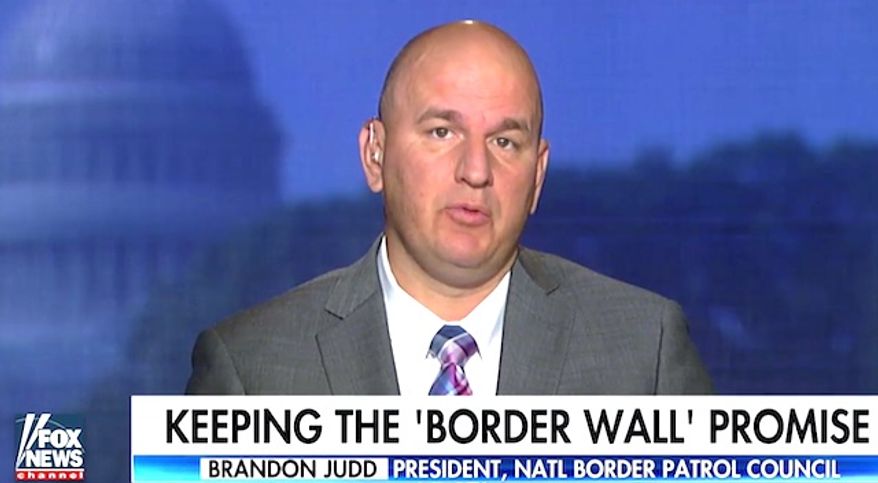
In State v. Olsen, the WA Supreme Court held that although random urinalysis tests (UAs) do implicate the privacy interests of a defendant who is on probation (probationer), the testing does not violate the defendant’s Constitutional rights if the UAs purpose was to monitor compliance with a valid probation condition requiring the defendant to refrain from drug and alcohol consumption.
BACKGROUND FACTS
The facts are undisputed. In June 2014, defendant Brittanie Olsen pleaded guilty in Jefferson County District Court to one count of DUI. The court imposed a sentence of 364 days of confinement with 334 days suspended. As a condition of her suspended sentence, the court ordered that Olsen not consume alcohol, marijuana, or non prescribed drugs. Over defense objection, the court also required Olsen to submit to “random urine analysis screens … to ensure compliance with conditions regarding the consumption of alcohol and controlled substances.”
Olsen appealed to Jefferson County Superior Court, arguing that the random UAs requirement violated her privacy rights under the Fourth Amendment to the United States Constitution and article I, section 7 of the Washington Constitution. She contended a warrantless search of a misdemeanant probationer may not be random but instead “must be supported by a well-founded suspicion that the probationer has violated a condition of her sentence.” The court agreed, vacated Olsen’s sentence, and remanded to the district court for resentencing without the requirement that Olsen submit to random urine tests.
The State appealed, and the Court of Appeals reversed, holding that “offenders on probation for DUI convictions do not have a privacy interest in preventing the random collection and testing of their urine when used to ensure compliance with a probation condition prohibiting the consumption of alcohol, marijuana, and/or non prescribed drugs.
ISSUE
The WA Supreme Court addressed the issue of whether random UAs ordered to monitor compliance with a valid probation condition not to consume drugs or alcohol violate a DUI probationer’s privacy interests under article I, section 7 of the Washington Constitution.
COURT’S CONCLUSIONS & ANALYSIS
The Supreme Court held that the random UAs here were conducted with “authority of law” under article I, section 7 of our state constitution. Furthermore, although random UAs of DUI probationers do implicate privacy interests, the UAs here are narrowly tailored and imposed to monitor compliance with a valid probation conditions.
The Court reasoned that The Washington State Constitution says that no person shall be disturbed in his private affairs, or his home invaded, without authority of law. One area of increased protection is the collection and testing of urine.
“Compared to the federal courts, we offer heightened protection for bodily functions,” said the Court. It elaborated that our courts have generally held that for ordinary citizens, suspicionless urinalysis testing constitutes a disturbance of one’s private affairs that, absent authority of law, violates the WA Constitution.
“On the other hand, we have repeatedly upheld blood or urine tests of prisoners, probationers, and parolees of some cases without explicitly conducting an analysis under the WA Constitution,” said the Court. It elaborated that two questions must be answered in cases like this: (1) whether the contested state action disturbed a person’s private affairs and, if so, (2) whether the action was undertaken with authority of law.
a. UAs Implicate a DUI Probationer’s Privacy Interests.
“We have consistently held that the nonconsensual removal of bodily fluids implicates privacy interests,” said the Court. It further stated that UAs implicate privacy interests in two ways. First, the act of providing a urine sample is fundamentally intrusive. This is particularly true where urine samples are collected under observation to ensure compliance. Second, chemical analysis of urine, like that of blood, can reveal a host of private medical facts about a person, including whether he or she is epileptic, pregnant, or diabetic. “These privacy interests are precisely what article I, section 7 is meant to protect.”
However, the Court also said that probationers do not enjoy constitutional privacy protection to the same degree as other citizens.
“Probationers have a reduced expectation of privacy because they are persons whom a court has sentenced to confinement but who are serving their time outside the prison walls,” said the Court. Therefore, the State may supervise and scrutinize a probationer more closely than it may other citizens. “However, this diminished expectation of privacy is constitutionally permissible only to the extent necessitated by the legitimate demands of the operation of the parole process.”
The Court then addressed the State’s argument that UAs do not implicate Olsen’s privacy interests because probationers lack any privacy interest in their urine.
“We disagree,” said the Court. “Even though misdemeanant probationers have a reduced expectation of privacy, this does not mean that they have no privacy rights at all in their bodily fluids.” After giving a detailed analysis under the precedent of State v. Surge, the Court summarized that, even though probationers do not enjoy the same expectation of
privacy as other citizens, the UAs here still implicate their reduced privacy
interests under the WA Constitution.
b. Random UAs of DUI Probationers Do Not Violate the WA Constitution Because They Are Conducted with Authority of Law.
Next, the Court addressed whether the UA was performed with authority of law. In short, the Court decided that issue in the affirmative. It said the State has a strong interest in supervising DUI probationers in order to promote rehabilitation and protect the public, and elaborated that probation is simply one point (or, more accurately, one set of points) on a continuum of possible punishments.
It elaborated that probation is not a right, but an act of judicial grace or lenience motivated in part by the hope that the offender will become rehabilitated. To that end, a sentencing court has great discretion to impose conditions and restrictions of probation to assure that the probation serves as a period of genuine rehabilitation and that the community is not harmed by the probationer’s being at large.
“As such, the State has a compelling interest in closely monitoring probationers in order to promote their rehabilitation,” said the Court. “As probation officers’ role is rehabilitative rather than punitive in nature, they must, then, have tools at their disposal in order to accurately assess whether rehabilitation is taking place.” Here, in the case of DUI probationers, the Court reasoned that monitoring and supervision ensure that treatment is taking place and serve to protect the public in the case that a probationer fails to comply with court-imposed conditions.
The court further reasoned that random UAs are narrowly tailored to monitor compliance with probation conditions, they are an effective monitoring tool and they are a permissible under these circumstances:
“Unannounced testing is, arguably, crucial if a court is to impose drug testing at all. Random testing seeks to deter the probationer from consuming drugs or alcohol by putting her on notice that drug use can be discovered at any time. It also promotes rehabilitation and accountability by providing the probation officer with a ‘practical mechanism to determine whether rehabilitation is indeed taking place.'”
Finally, the WA Supreme Court reasoned that random UAs, under certain circumstances, are a constitutionally permissible form of close scrutiny of DUI probationers. It found that
the testing here was a narrowly tailored monitoring tool imposed pursuant to a valid prohibition on drug and alcohol use. Random UAs are also directly related to a probationer’s rehabilitation and supervision.
With that, the Court concluded that the random UAs here were conducted with “authority of law” under article I, section 7 of our state constitution and affirmed the Court of Appeals decision to invoke them.
Please contact my office if you, a friend or family member are charged with a crime. Hiring an effective and competent defense attorney is the first and best step toward justice.
















